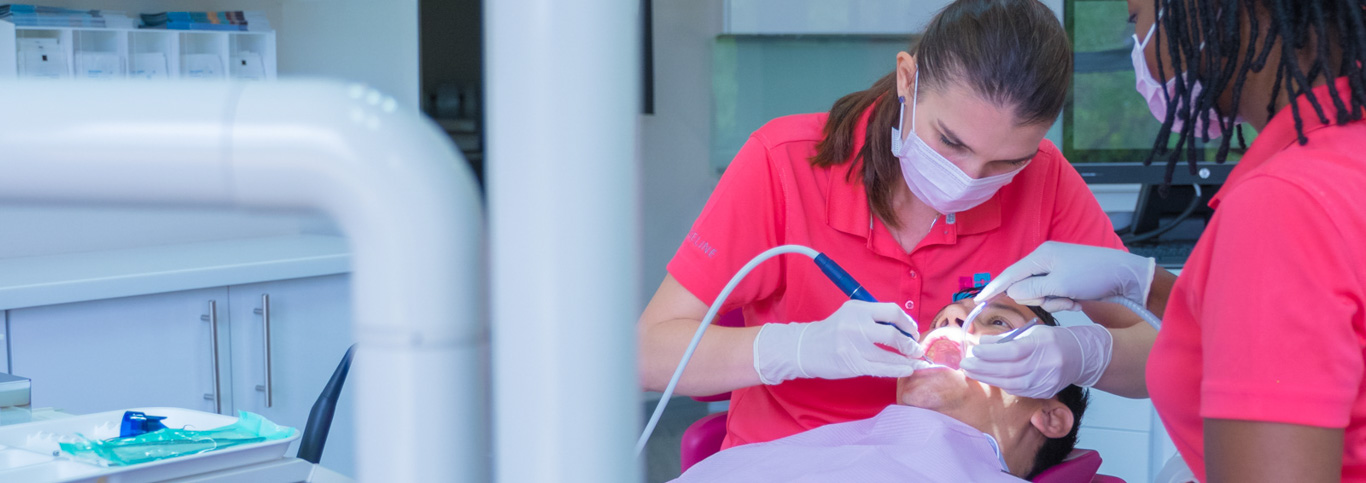
TADs are temporarily inserted bone-borne mini- implants or mini-plates, used only for orthodontic treatment purposes and removed after finishing the orthodontic treatment. They can be divided into three groups:
- mini-screws (MS; diameter reduces mini-implants, inserted in the alveolar bone or anterior palate)
- bone anchors BA; mini-plates, inserted in the maxillary or mandibular basal bone)
- palatal implants (PI placed in the roof of the mouth, in the palate)
An important requirement for successful orthodontic treatment is stable anchorage. Conventional orthodontic anchorage can be limited by periodontal disease and/or missing teeth. Implants for orthodontic force application provide the possibility of reliable anchorage without the risk of reactive, undesired tooth movements and numerous application options with regard to objectives and sites. With correct preparation the implants can generally be placed and removed without extensive surgery or complications. The requirements for high compliance of the patients in orthodontic treatment are the same as those for patients in orthodontic treatment. Good oral hygiene and strict adherence of recall appointments are essential.
Skeletal anchorage has been proven to be very effective. It can be an essential part of non-compliance therapy ( cases where we need Headgear) and broadens the options available to the orthodontic practitioner.
Possible Indications for TADs:
- Maxillary molar distalization and mesialization
- Molar uprighting
- Anchorage for upper anterior teeth and molars
- Temporary tooth replacement
- Palatale expansion
- Indirect anchorage
Advantages:
- Significantly less expensive than typical dental implants
- Immediate loading is possible
- Minimally invasive insertion protocol
